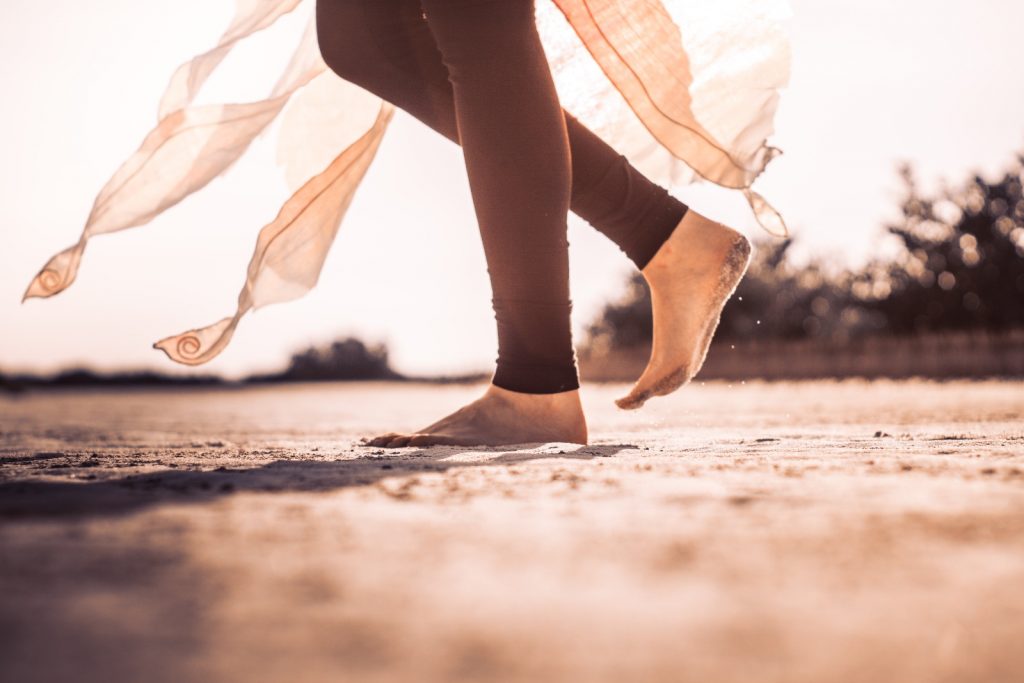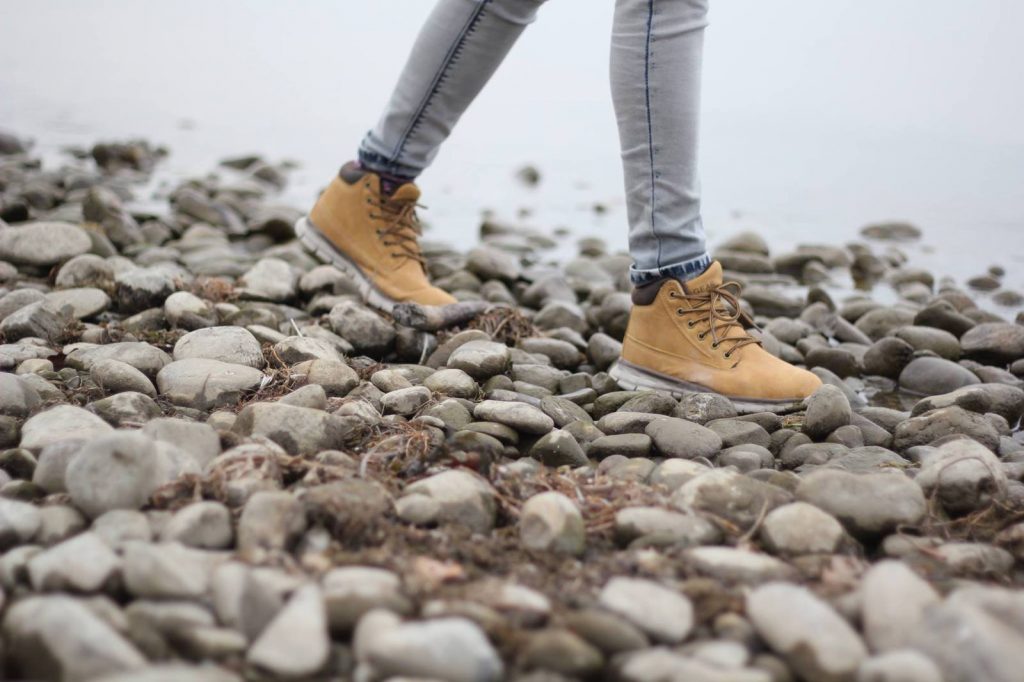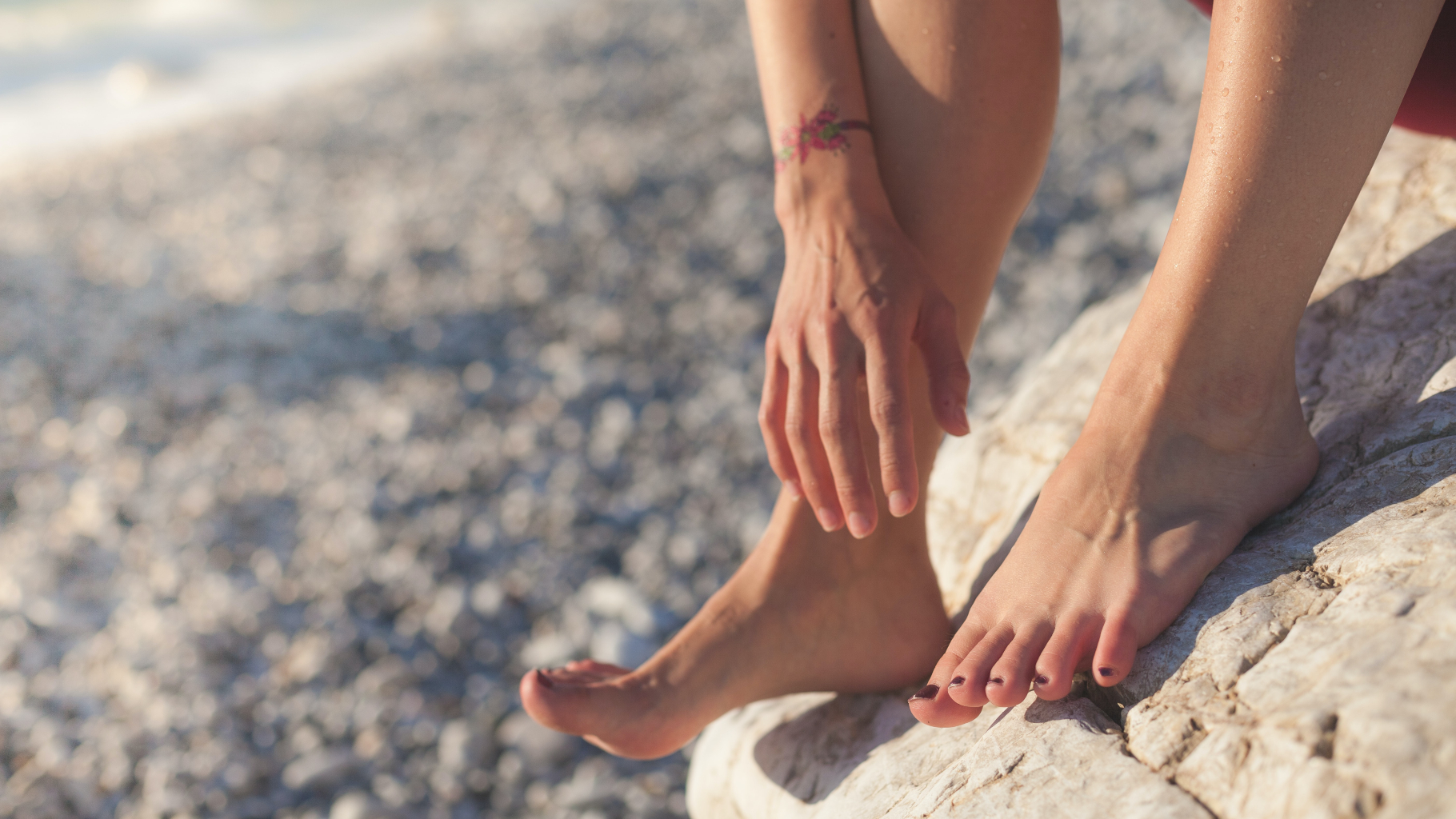Foot and ankle health relies on a masterpiece of anatomical design: 28 bones, 30 joints, and over 100 tendons, ligaments, and muscles. For the majority of us, our feet are currently under more demand than ever, putting strain on this complex system. A universal effect of the COVID-19 closures has been an increase in people engaging in walking and running for exercise due to closed gyms and canceled fitness classes.
At Oregon Regenerative Medicine, we have been successfully addressing foot and ankle health for decades. We are well prepared for this shift in activity-related dysfunction. From plantar fasciosis to achilles tendinitis, We have seen thousands of patients for foot and ankle pain. He brings a unique and valuable skill set to anyone experiencing foot issues from their new COVID exercise routines.
Foot and Ankle Health Foundations
Footwear
Footwear can dramatically alter foot alignment, especially of the great toe. Unhealthfully constructed shoes can lead to bunions, over-pronation, osteoarthritis, plantar fasciosis, poor circulation, and neuromas (to name a few). The first step in foot and ankle health is wearing shoes that have:
- Wide toe box
- Zero drop
- Minimal external support
- Flexibility
With these shoe features, the foot achieves correct alignment, structural integrity is maintained, and foot function is optimized.
Foot Biomechanics

The muscles in your feet operate like any other muscle in your body: if you don’t use it, you lose it. Strengthening your feet, thereby preventing pain and injury, necessitates using them and challenging them in a constructive way just like a strength training program for any other part of the body. It must be done progressively and with proper biomechanics, which requires good alignment.
The biggest downside to wearing overly-supportive shoes is that they deactivate the muscles in the feet that would otherwise be working. This leads to weakening of the feet over time and continued reliance on external support devices. Additional benefits to healthfully constructed shoes include improved circulation, proprioception, and ankle stability. There are numerous patient-specific measures to aid in the transition to this more natural type of approach. These strategies are beyond the scope of this summary but will be part of your individualized treatment plan.
Alignment and strength are intertwined and need to be addressed simultaneously for success. This is applicable to anyone, regardless of how long you’ve worn orthotics or how advanced your condition is—the details change but the general approach is the same: the foot is designed to support itself.
Foot and Ankle Pain Relief with Regenerative Injection Therapies
What happens when something goes wrong? Even with perfect health and strong feet, injuries can occur, especially with significant increases in repetitive activities like walking and running. In addition to conservative measures, most causes of pain in the foot and ankle are effectively treated with regenerative injection therapies.
There is strong evidence that platelet rich plasma (PRP) is effective and superior to conventional therapies such as corticosteroids in plantar fasciosis and chronic achilles tendinopathy over the long term. Multiple studies show that while steroid injections relieve pain faster than PRP in the short term, patients with PRP have better pain relief and less recurrence over a 3-12 month time frame. Interestingly, both plantar fasciosis and achilles tendinopathy are now understood to be degenerative conditions—not inflammatory conditions—lending themselves to resolution with regenerative therapies.

In addition to a case study in 2018 showing full resolution of a complete ATFL tear (the most commonly torn ligament in ankle sprains) after PRP treatment, our experience with lateral ankle sprains shows exceptional results in cases of a single trauma or repetitive sprains with ankle instability. We have also successfully treated numerous patients with osteoarthritis of the great toe with either PRP or an autologous adipose graft.
Tarsal tunnel syndrome is a less common condition that involves compression of the nerve that runs along the inner ankle, similar to carpal tunnel syndrome in the wrist. This condition can be treated with a procedure called “hydrodissection” where, using ultrasound guidance, the nerve is decompressed by injecting fluid around the nerve and through the area of compression, separating and calming the irritated tissues.
Getting Back on Your Feet
Regardless of where the pain is or how long you’ve had it, Oregon Regenerative Medicine has the holistic approach and depth of experience to get you back on your feet. With the increased stress most of us are feeling during this pandemic, regular exercise is one of the most important things you can do to take care of your body, mind, and soul. Don’t let foot pain, or any pain, keep you from staying fit feet first.
Sources
Jacobs, J.L., Ridge, S.T., Bruening, D.A. et al. Passive hallux adduction decreases lateral plantar artery blood flow: a preliminary study of the potential influence of narrow toe box shoes. J Foot Ankle Res 12, 50 (2019). https://doi.org/10.1186/s13047-019-0361-y
Yang WY, Han YH, Cao XW, et al. Platelet-rich plasma as a treatment for plantar fasciitis: A meta-analysis of randomized controlled trials. Medicine (Baltimore). 2017;96(44):e8475.
Ling Y, Wang S. Effects of platelet-rich plasma in the treatment of plantar fasciitis: A meta-analysis of randomized controlled trials. Medicine (Baltimore). 2018;97(37):e12110.
Gonnade N, Bajpayee A, Elhence A, et al. Regenerative efficacy of therapeutic quality platelet-rich plasma injections versus phonophoresis with kinesiotaping for the treatment of chronic plantar fasciitis: A prospective randomized pilot study. Asian J Transfus Sci. 2018;12(2):105-111.
Filardo G, Kon E, Di matteo B, et al. Platelet-rich plasma injections for the treatment of refractory Achilles tendinopathy: results at 4 years. Blood Transfus. 2014;12(4):533-40.
Guelfi M, Pantalone A, Vanni D, Abate M, Guelfi MG, Salini V. Long-term beneficial effects of platelet-rich plasma for non-insertional Achilles tendinopathy. Foot Ankle Surg. 2015;21(3):178-81.
Kader D, Saxena A, Movin T, et alAchilles tendinopathy: some aspects of basic science and clinical managementBritish Journal of Sports Medicine 2002;36:239-249.
Lemont H, Ammirati KM, Usen N. Plantar fasciitis: a degenerative process (fasciosis) without inflammation. J Am Podiatr Med Assoc. 2003;93(3):234-7.
Lai MWW, Sit RWS. Healing of Complete Tear of the Anterior Talofibular Ligament and Early Ankle Stabilization after Autologous Platelet Rich Plasma: a Case Report and Literature Review. Arch Bone Jt Surg. 2018;6(2):146-149.



